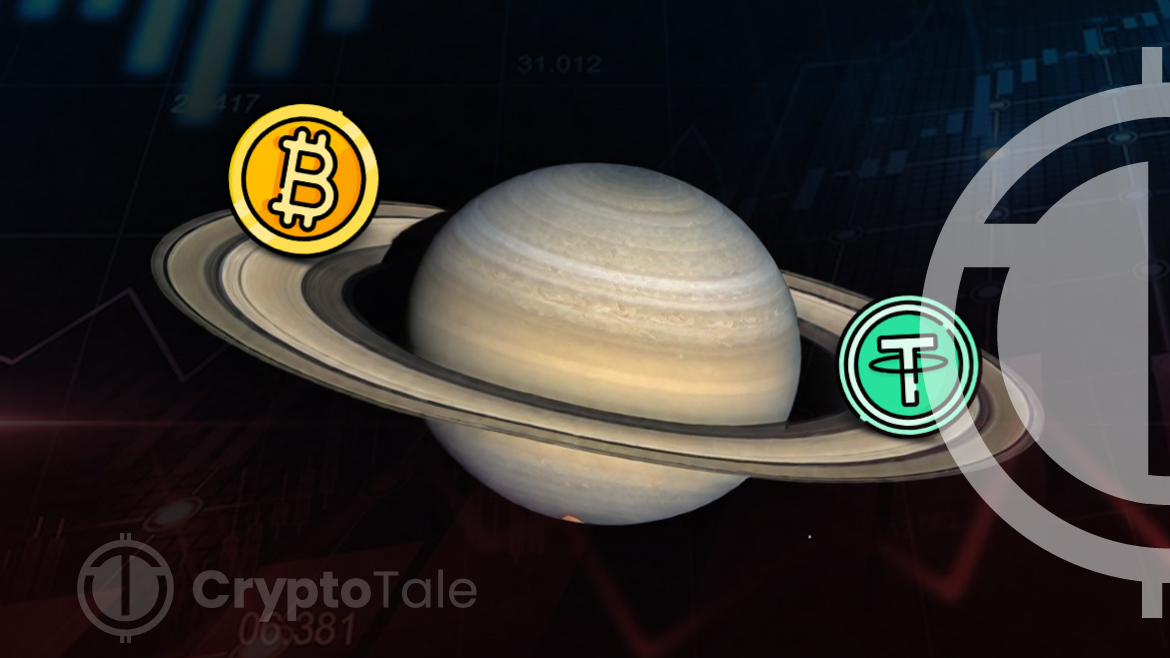- Tether purchased over 8,800 Bitcoin for $618 million boosting its total holdings to over 75,000 BTC.
- The acquisition positions Tether as the seventh-largest Bitcoin holder globally.
- Tether aims to diversify its reserves and capitalize on Bitcoin’s potential as an investment asset.
Tether, the issuer of the world’s leading stablecoin USDT has significantly expanded its Bitcoin holdings. On-chain data revealed that Tether acquired 8,888 Bitcoin worth roughly $618 million on March 31. This latest purchase brings Tether’s total Bitcoin reserves to over 75,354 BTC valued at approximately $5.23 billion at the time of writing.
The acquisition positions Tether as the seventh-largest holder of Bitcoin globally according to Bitinfocharts data. This puts them ahead of major cryptocurrency exchange Binance’s cold wallet holdings. The wallet owned by Tether has experienced significant growth, with a current unrealized profit of $2.94 billion representing an increase of over 128% in its Bitcoin holdings.
Tether’s aggressive Bitcoin buying spree reflects a broader trend of institutional investors entering the cryptocurrency market. The upcoming Bitcoin halving event which is scheduled for May 2024 and which will significantly reduce the rate at which new Bitcoins are created, is believed to be a contributing factor to this increased interest.
Tether’s decision to invest in Bitcoin is part of a strategy to diversify its reserves which traditionally consisted primarily of traditional assets like government bonds and cash equivalents. By including Bitcoin, Tether aims to capitalize on the potential growth of the world’s leading cryptocurrency. Paolo Ardoino, CTO of Tether stated,
The decision to invest in Bitcoin, the world’s first and largest cryptocurrency, is underpinned by its strength and potential as an investment asset. Bitcoin has continually proven its resilience and has emerged as a long-term store of value with substantial growth potential.
In January, Tether cemented its position as a major player in the Bitcoin game quietly accumulating 66,465 BTC worth over $2.8 billion by the end of 2023. Tether’s continued Bitcoin acquisitions, coupled with growing institutional interest, could further tighten supply and potentially impact Bitcoin’s price in the long run. However, Tether’s lack of complete transparency regarding its reserves and ongoing regulatory hurdles cast some shadows over this development.






